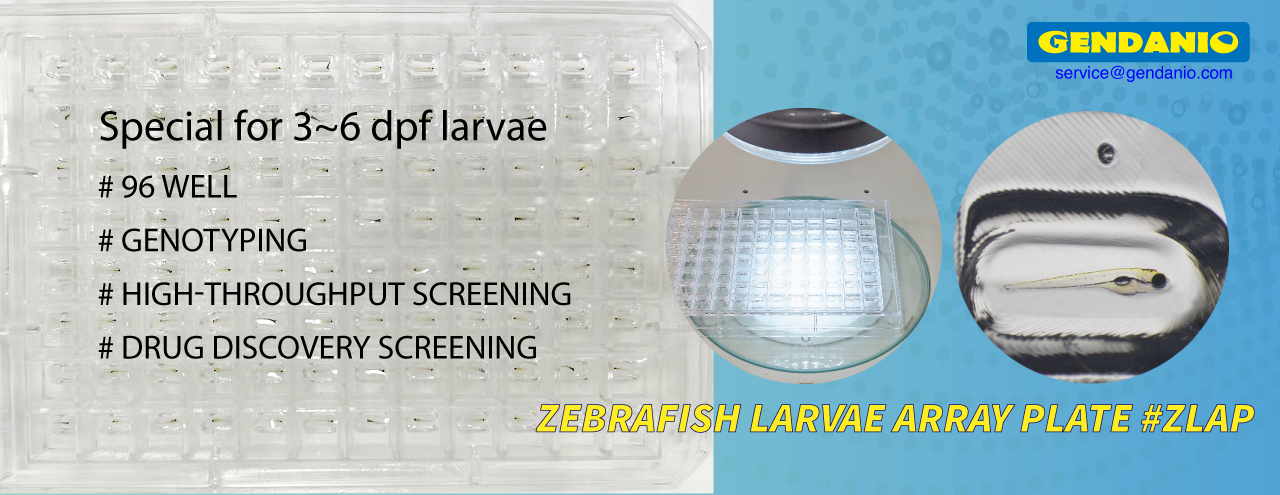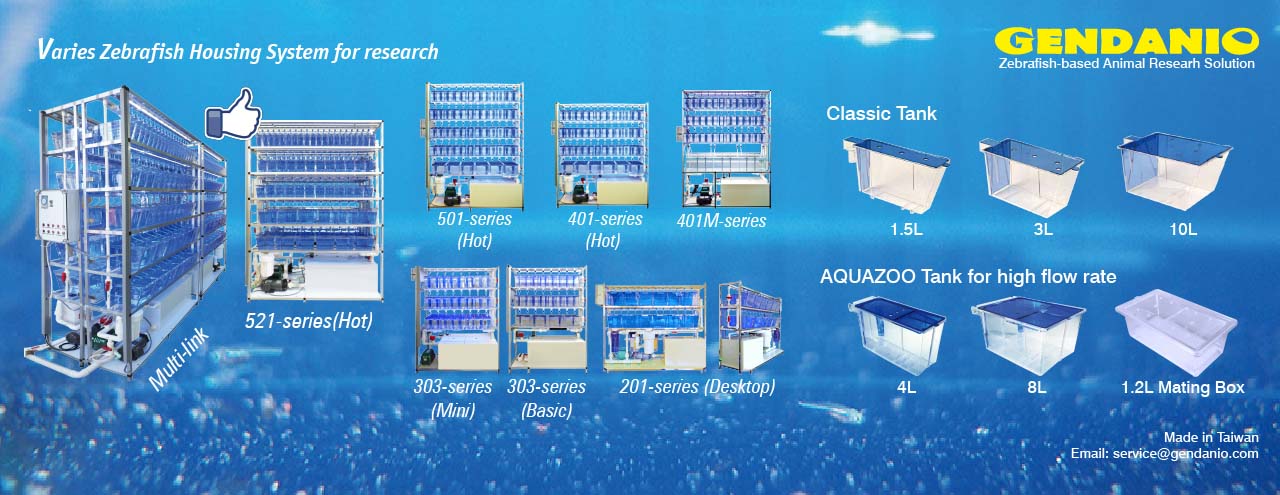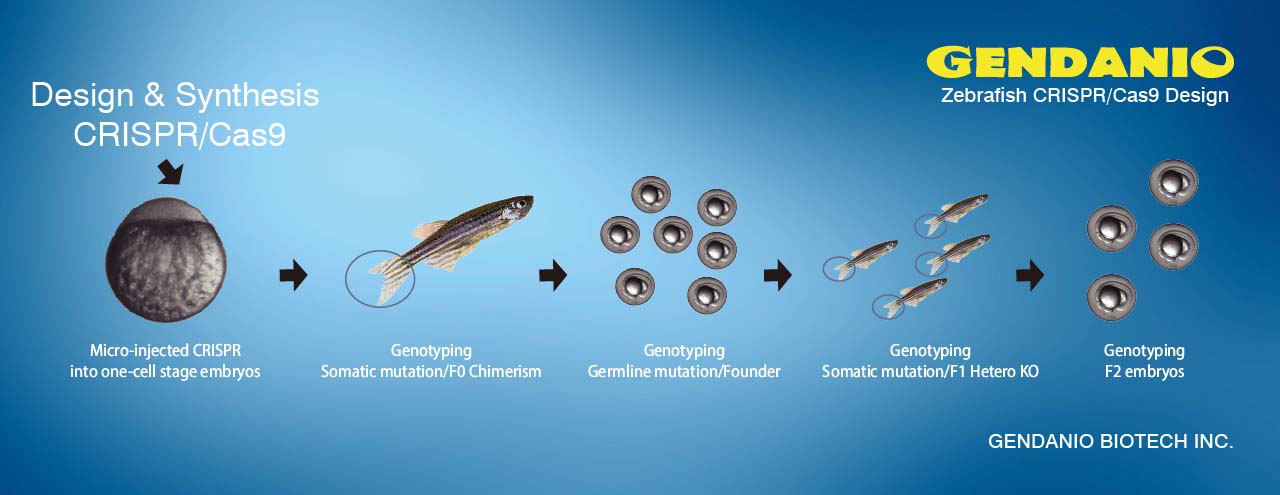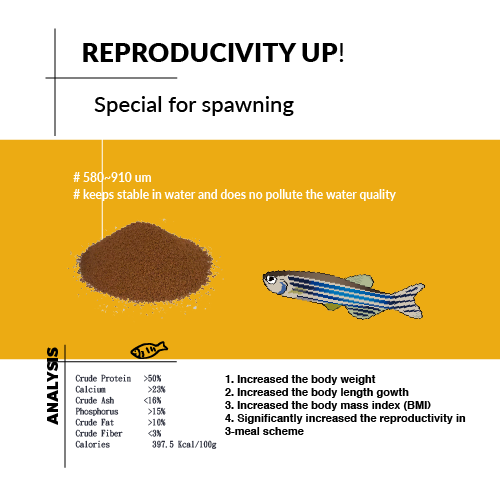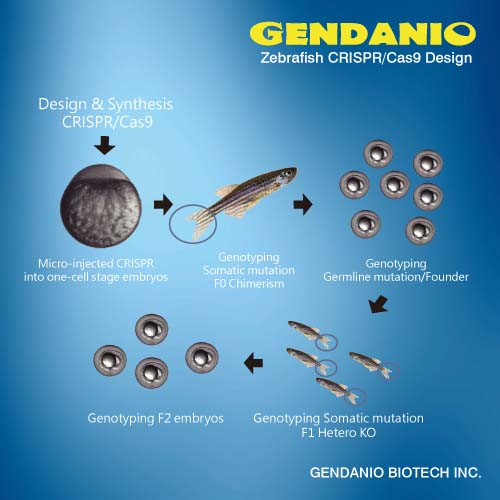ScienceDaily (May 28, 2008) — Researchers at the University of Massachusetts Medical School (UMMS) report today on a new technique that improves the ability of scientists to target individual genes for inactivation—a technique with broad potential implications for both basic science research and human disease.
Two scientific teams at UMMS, one led by Scot A. Wolfe, PhD, an assistant professor in the Program in Gene Function & Expression and the Department of Biochemistry & Molecular Pharmacology, and the other by Nathan D. Lawson, PhD, an associate professor in the Program in Gene Function and Expression and the Program in Molecular Medicine, working with a small fish—the zebrafish—commonly used as a model organism in biomedical research, developed a method to create and deliver a tailor-made “restriction enzyme” that inactivates a specific gene in a zebrafish embryo.
“The best way to figure out what a gene does in an organism is to replace it with a non-functional version, breed the individual, and then look at the offspring to see what’s wrong with them,” said Laurie Tompkins, Ph.D., who oversees genetic mechanisms grants at the National Institute of General Medical Sciences, “The problem is that it’s hard to swap in non-functional genes that are inherited by the offspring. These investigators have devised a way to do this, which will enable many scientists to answer questions that were previously out of reach.”
“We believe that this work will fundamentally change how researchers make knockouts—research organisms in which one or more genes have been genetically engineered to be turned off—in many model organisms,” said Dr. Wolfe. “In this paper, we demonstrate the feasibility of this approach for gene inactivation using the zebrafish, but we believe that this technology should be applicable to other vertebrate and non-vertebrate systems with exciting implications for the development of new models for the study of human disease.”
The collaboration between the Lawson and Wolfe laboratories merges the strengths of two different research programs to achieve important advances at the interface of their interests: the Wolfe laboratory’s focus on understanding and engineering protein-DNA recognition in zinc finger proteins and the Lawson laboratory’s interest in developing new technologies that facilitate biological studies in zebrafish to better understand development and disease.
“The zebrafish has really become quite established as a model organism in the past several years,” said Dr. Lawson. “I began using the zebrafish model to study angiogenesis because of its external development and transparent embryos – we can actually watch blood vessels as they grow in the zebrafish embryo. This allows us to gain novel insights into this process that are not easy to make in mouse models. However, we had not previously been able to directly knock out a gene of interest, an approach available in the mouse. The work we have done with the Wolfe lab will open up completely new avenues for our own research and will further strengthen the use of the zebrafish model. More significantly, this technique will now allow us to make zebrafish models that may provide insight into the progression of human vascular disease.”
This research was supported by grants from the National Heart, Lung and Blood Institute and the National Institute of General Medical Sciences.
Source: ScienceDaily

